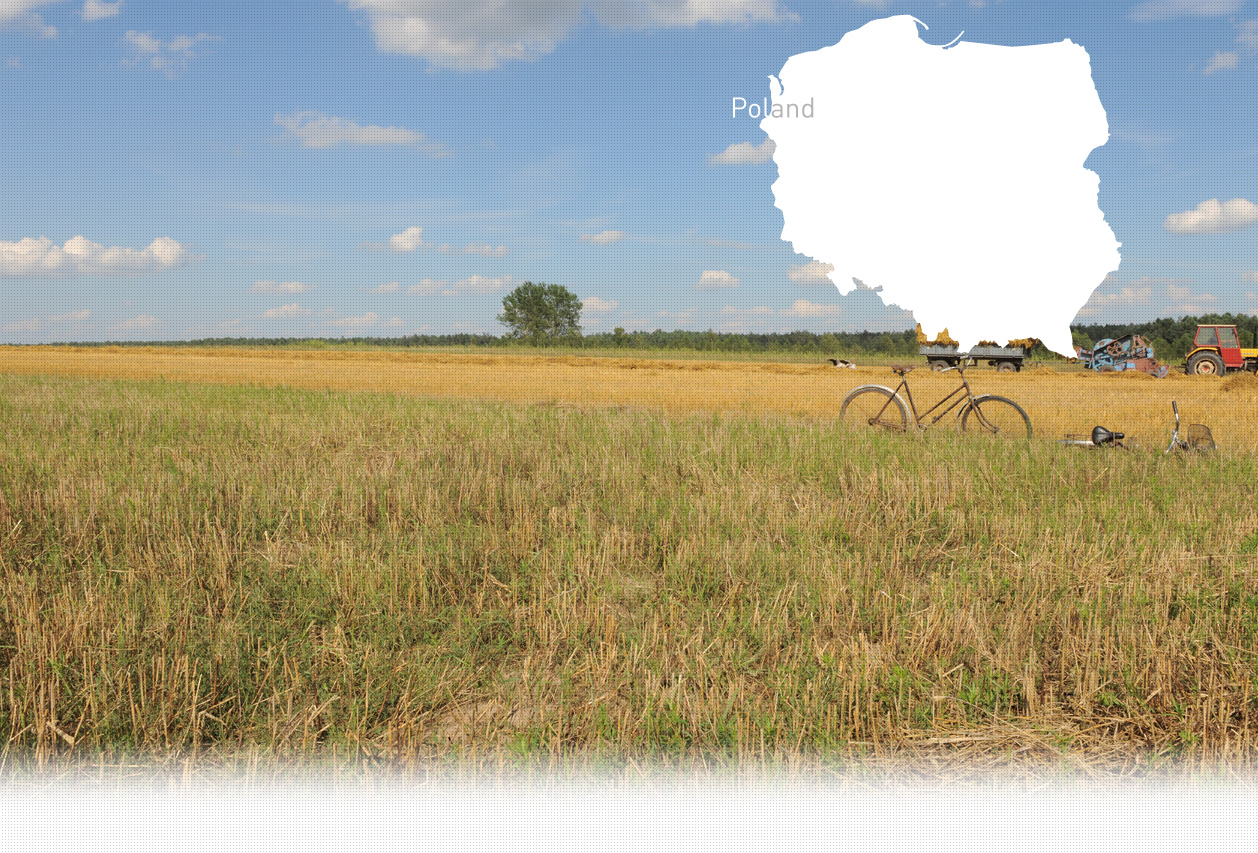

1 Killing site(s)
Włodzimierz G., born in 1935:
"Before the war, at least four Jewish families resided in Czelatyce. One of these families, the Katzes, was our closest neighbor and friend. The Katz couple had three children: two sons, Moshko and Hershko, and a daughter named Blimka. The Katz boys often assisted my father with field work, while my mother provided food for their family in return. The Katz family owned fields and ran an inn across the street from our house, which served as both a canteen and a communal space. The road passing through the village was a county road at the time, used by people traveling to Jarosław. Upon their return, they would often stop at the inn for dinner. In the evenings, villagers would gather at the inn to socialize, playing cards, drinking beer, and smoking cigarettes.
When the war began and the Gestapo ordered the killing of Jews, they fled their homes and sought refuge in the fields, coinciding with the pre-harvest period. The Katz family was among the people hiding in the fields. Despite differences in religion – they were Jewish and we were Catholic – we considered each other equals and remained solid friends."
(Witness N°1515P, interviewed in Czelatyce, on September 28, 2023)
Czelatyce, Jarosław County: At a time that cannot be determined 14 Jews were executed. Names. The corpses were buried in a field "gromadzkie pole".
[Protokół Sądu Grodzkiego w Pruchniku, 02.10.1945; Mps, j.pol., s.2, 337E 334; Institute of National Remembrance IPN]
Czelatyce is a village located in the administrative district of Gmina Rokietnica, within Jarosław County, Subcarpathian Voivodeship, in southeastern Poland. It is situated approximately 13 km (8 mi) south of Jarosław and 46 km (29 mi) east of the regional capital, Rzeszów.
Although limited information is available about the Jewish community of Czelatyce, interviews with witnesses suggest that at least four Jewish families resided in the village. One notable family, the Katzes, owned an inn and several fields. Other Jewish residents were primarily engaged in agriculture, trade, and small crafts.
The region fell under German occupation in early September 1939, leading to the establishment of German rule in Czelatyce and nearby areas. German authorities instructed local mayors to select ten "hostages" from the population, who were rotated every 10 days and placed at the disposal of the Germans and local police. Investigations revealed that these "hostages" were used by the Germans to locate and gather local Jews prior to executions. The hostages were tasked with finding Jews hiding in fields and forests and bringing them to the local clubhouse, known as the "chancellery." The following day, the Gestapo and police from Pruchnik arrived in Czelatyce. After spending the night confined, the Jews were led by the Gestapo to the manor fields on the village outskirts, where they were shot, likely in the fall of 1942. The hostages were then ordered to dig a mass grave and bury the victims. Approximately 14 individuals, including men, women, and children, were murdered that day. Post-war, the victims’ bodies were likely exhumed and reburied at the Jewish cemetery in Pruchnik.
Do you have additional information regarding a village that you would like to share with Yahad ?
Please contact us at contact@yahadinunum.org
or by calling Yahad – In Unum at +33 (0) 1 53 20 13 17